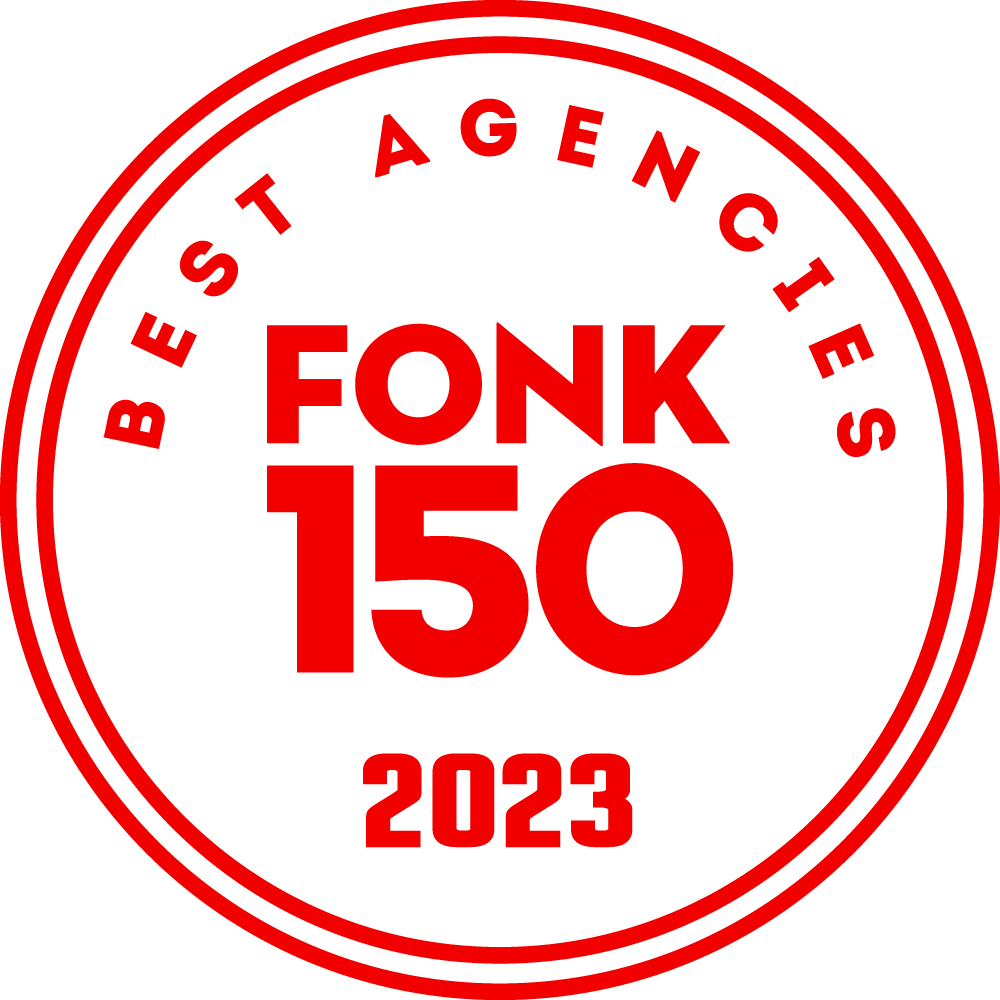Customer Effort Score (CES): measuring the customer centricity of software
Customer focus is essential for any company that wants to be successful in this day and age. To measure customer-centricity of software, we recommend the Customer Effort Score (CES). This score helps companies understand how to improve their customer service and identify areas where customers may experience problems.


Enter the conversation with Koen!
A new unit of measurement
Customer-oriented software is software that responds to customers' wishes and needs. User-friendliness and autonomy play a major role in this. When it comes to measuring customer centricity, it is important to have a measure that responds to this. Many companies fall back on 'well-known' metrics such as Net Promoter Score and Customer Satisfaction Score. Yet it doesn't say much about the software if a customer is satisfied with your service or even ambassador for your brand. What you want to know with software is whether the user was able to achieve their goal and how much effort it took them to do so. To measure that, we apply the Customer Effort Score. It helps companies understand how much effort a customer has to put into using their product or service. If the CES is good, customer satisfaction and NPS will naturally follow!
"A Customer Effort Score measures how much effort it takes for a user to achieve a certain goal."
How does CES work?
A CES is not about your product or service or the customer, but about specific customer goals. A CES is measured for each 'customer goal'. Examples of customer goals include 'Download invoice', 'View policy' or 'Submit claim'. The CES measures at the end of the "golden path". This is the desired journey for achieving the customer goal. If a customer has 'viewed a policy', ask how much effort this takes. This will give you a clear picture of how the software responds to customers' wants and needs for each customer goal. Note that users also deviate from the ideal customer journey and have different exit moments. Measurement must take place here too! If this does not happen, a false positive picture is created.
How do you measure the CES?
To measure the CES, it is important to fully integrate measurements into the user flow. That is, users should not be directed to another platform or approached through another channel. This integration should be close to the interaction in question. Then there is the greatest chance of valuable input and this way you avoid noise and cross-fertilisation with other customer goals. The question to measure the CES is "How difficult or easy was it for you to...[relevant customer goal]" so for example, "How difficult or easy was it for you to view your policy?" Next, the opportunity is given to rate the their experience through a five-point scale. Here, 1-3 are negative results and 4-5 are positive results. The final CES is the percentage of the number of responses with a 4 or 5.

Customer focus goes beyond CES
True customer centricity requires a different organisational approach and goes beyond just measuring CES in software. Traditional organisations are divided into different departments and disciplines. Yet customer goals involve multiple disciplines! This often makes customer-centricity cumbersome and difficult. To optimise customer centricity, organisations need to focus on customer goals and integrate multidisciplinary teams accordingly. These work closely together and are fully focused on improving the CES per customer goal. For example, by using micro-frontends it is also possible to focus technology entirely on customer goals.
The Customer Effort Score (CES) is a powerful tool for measuring customer centricity and understanding how much effort customers have to put into achieving their goals. It can help your organisation identify areas for improvement to optimise the user experience to boost customer satisfaction.

